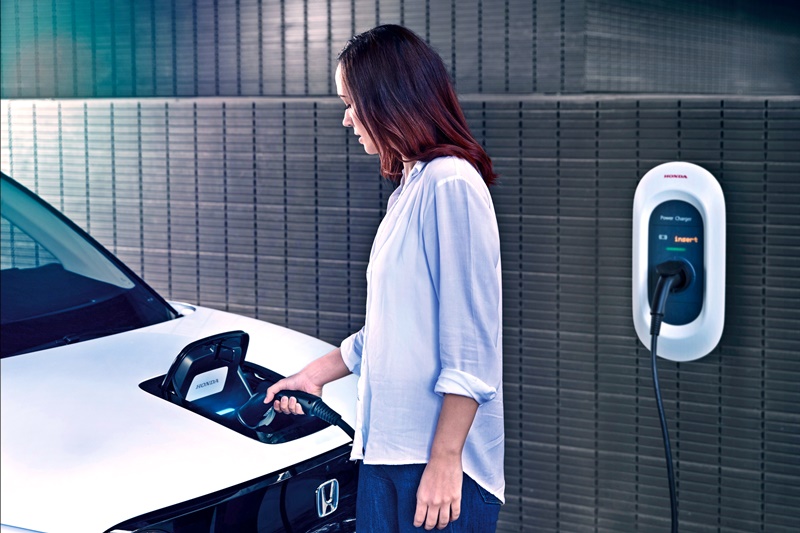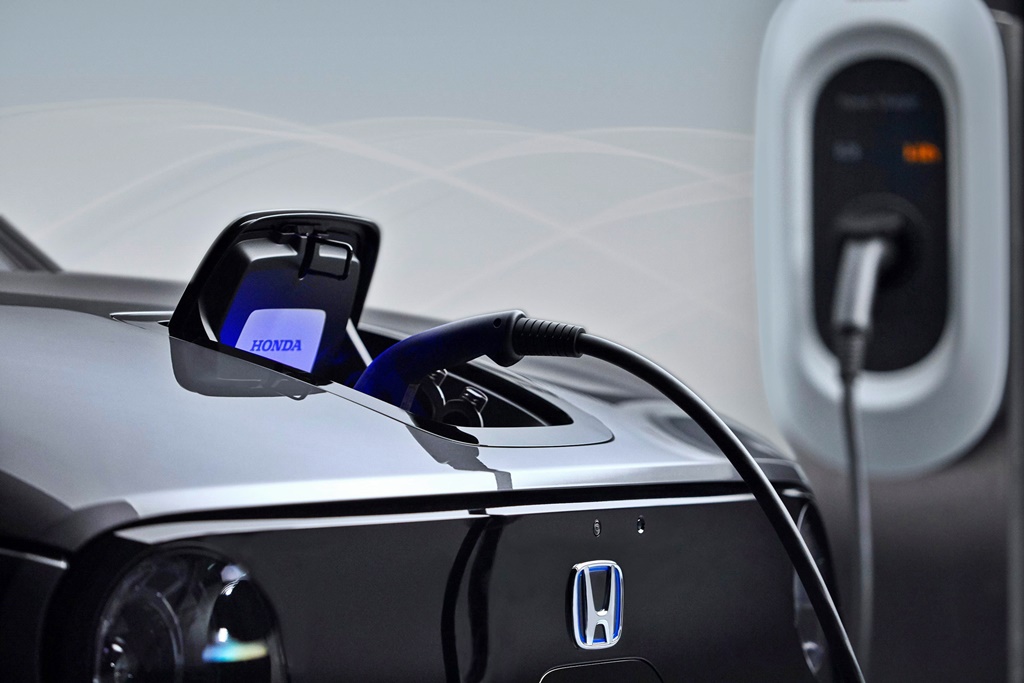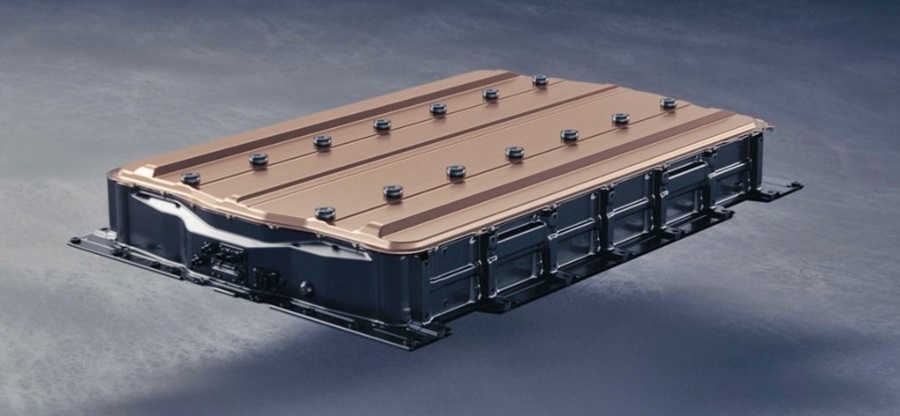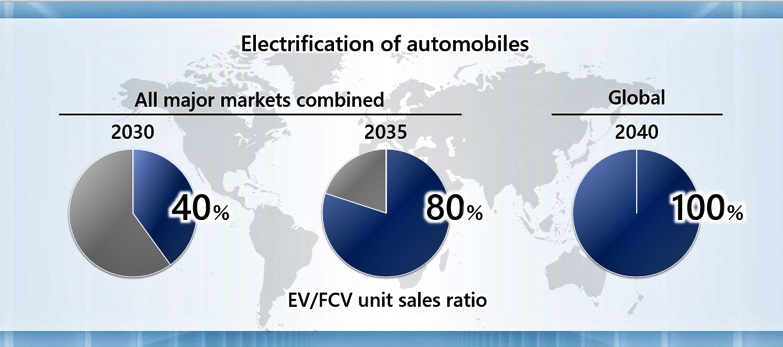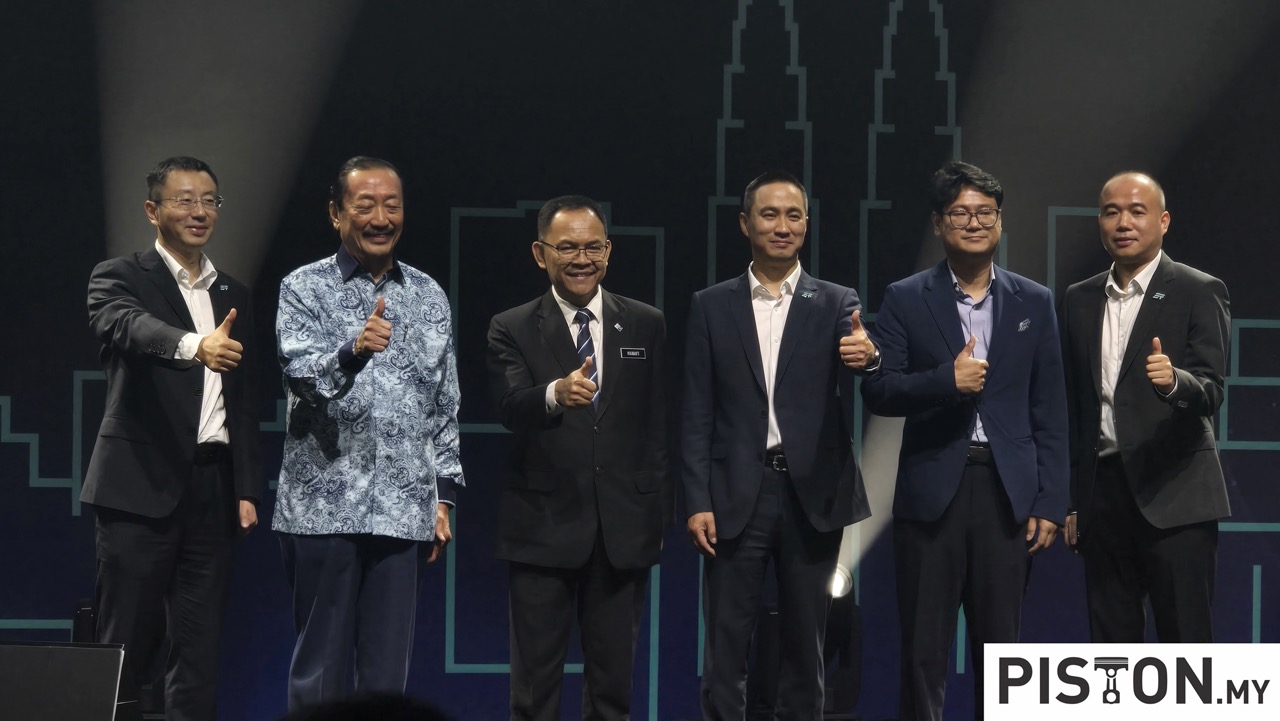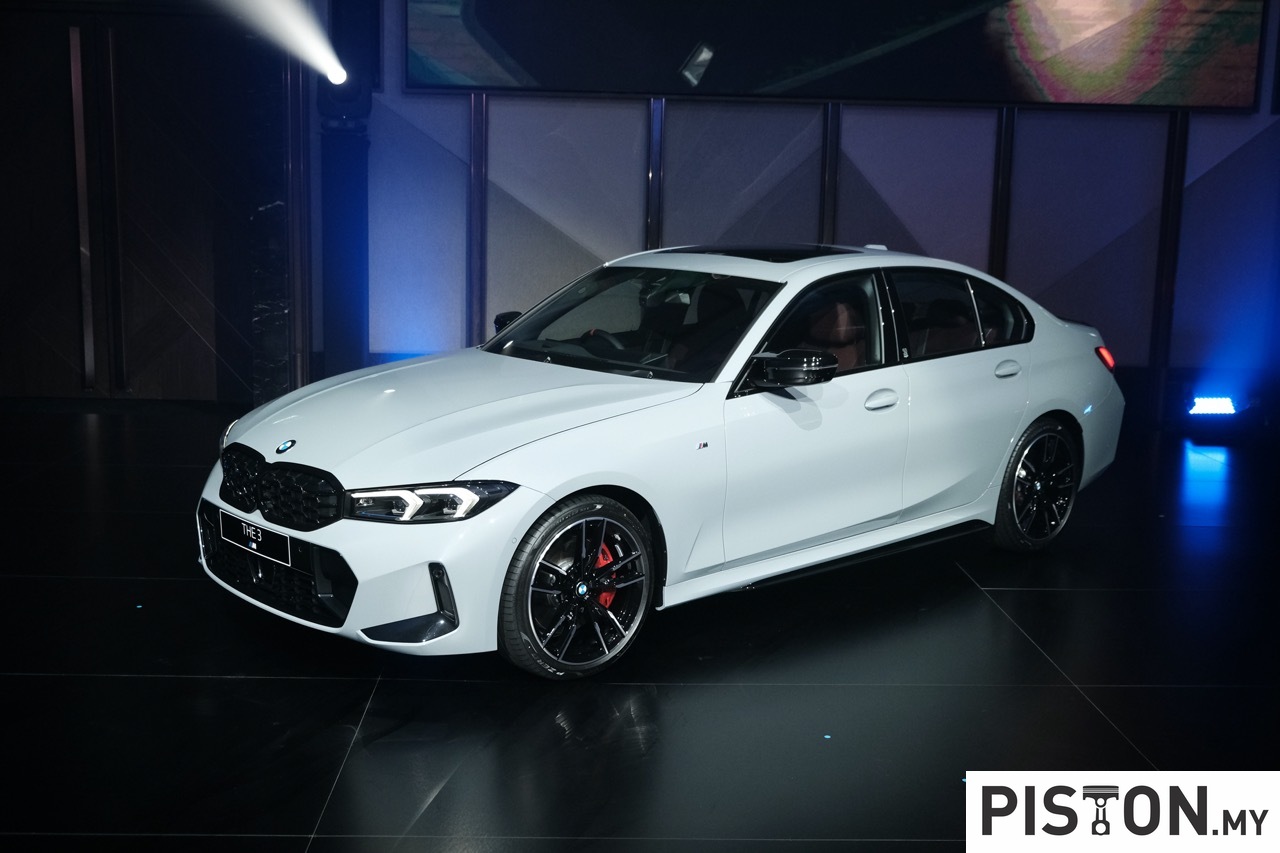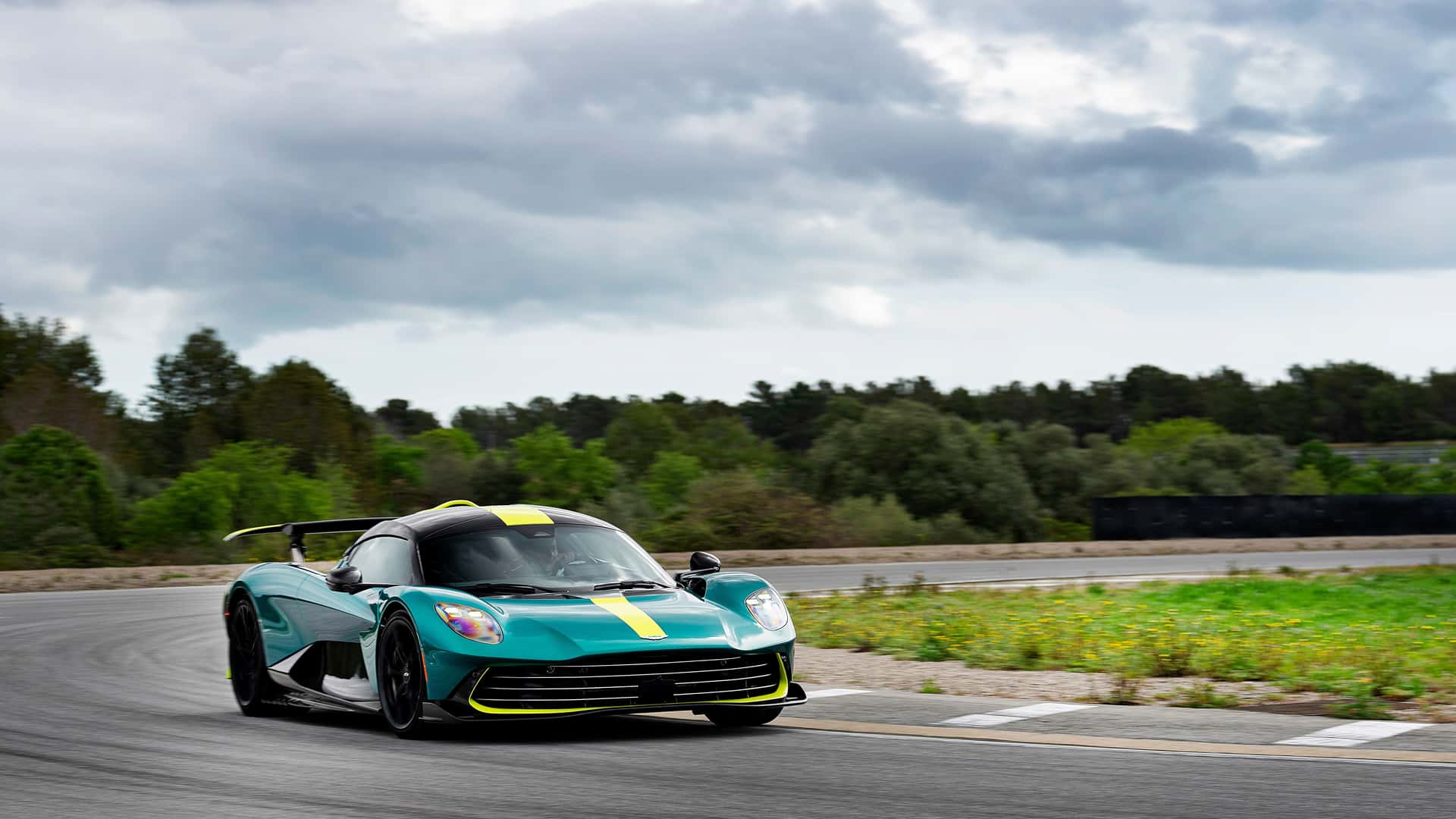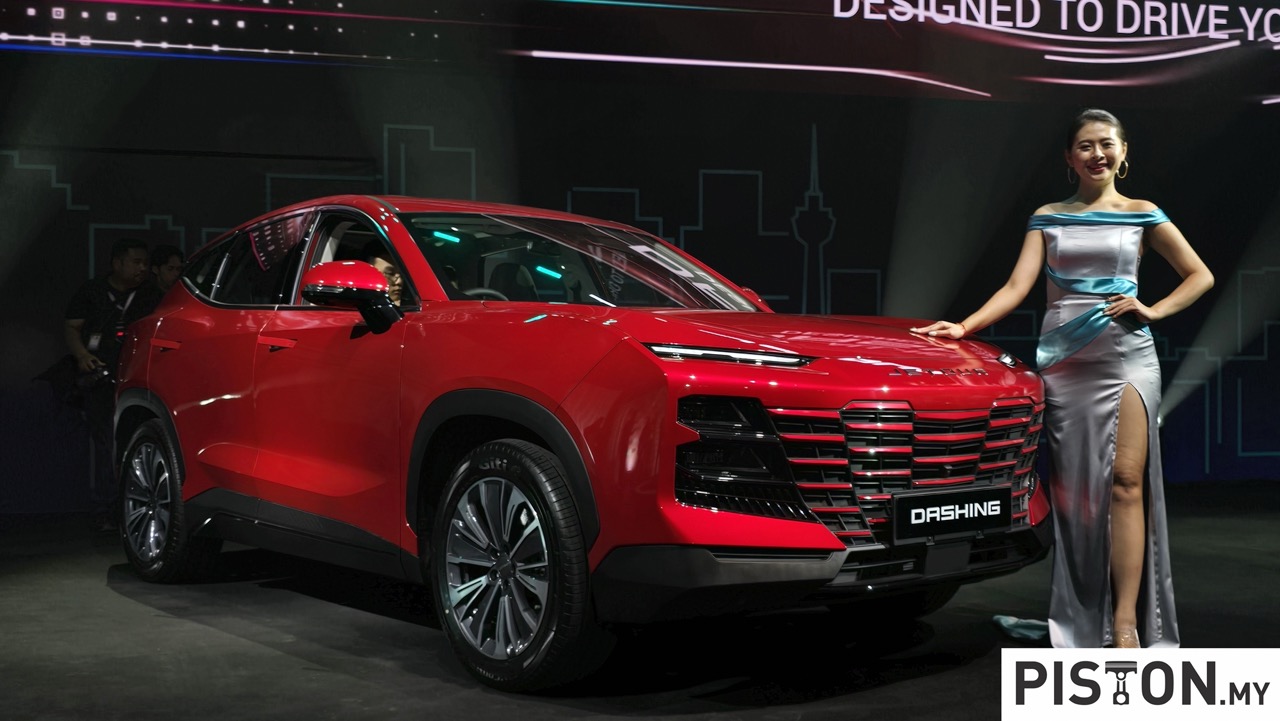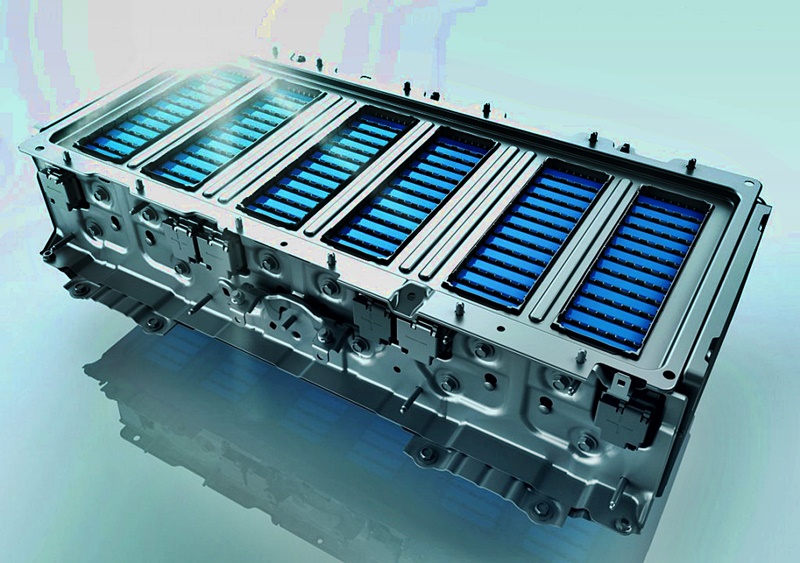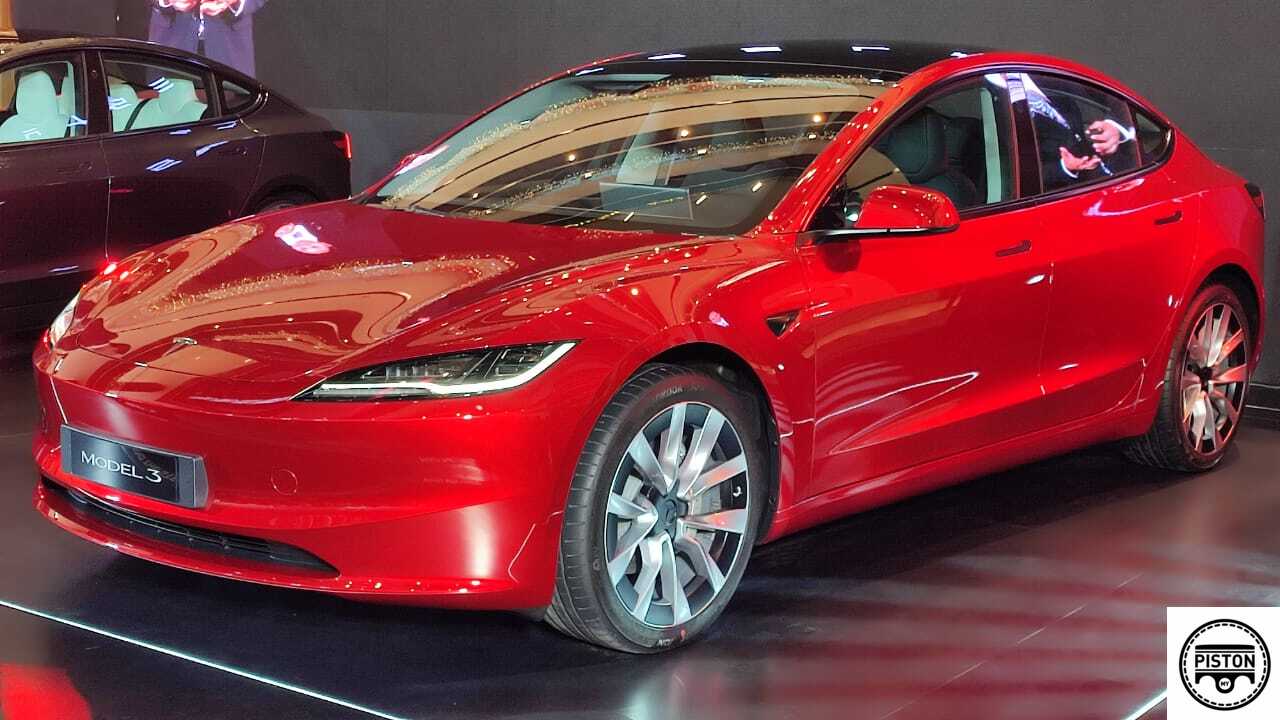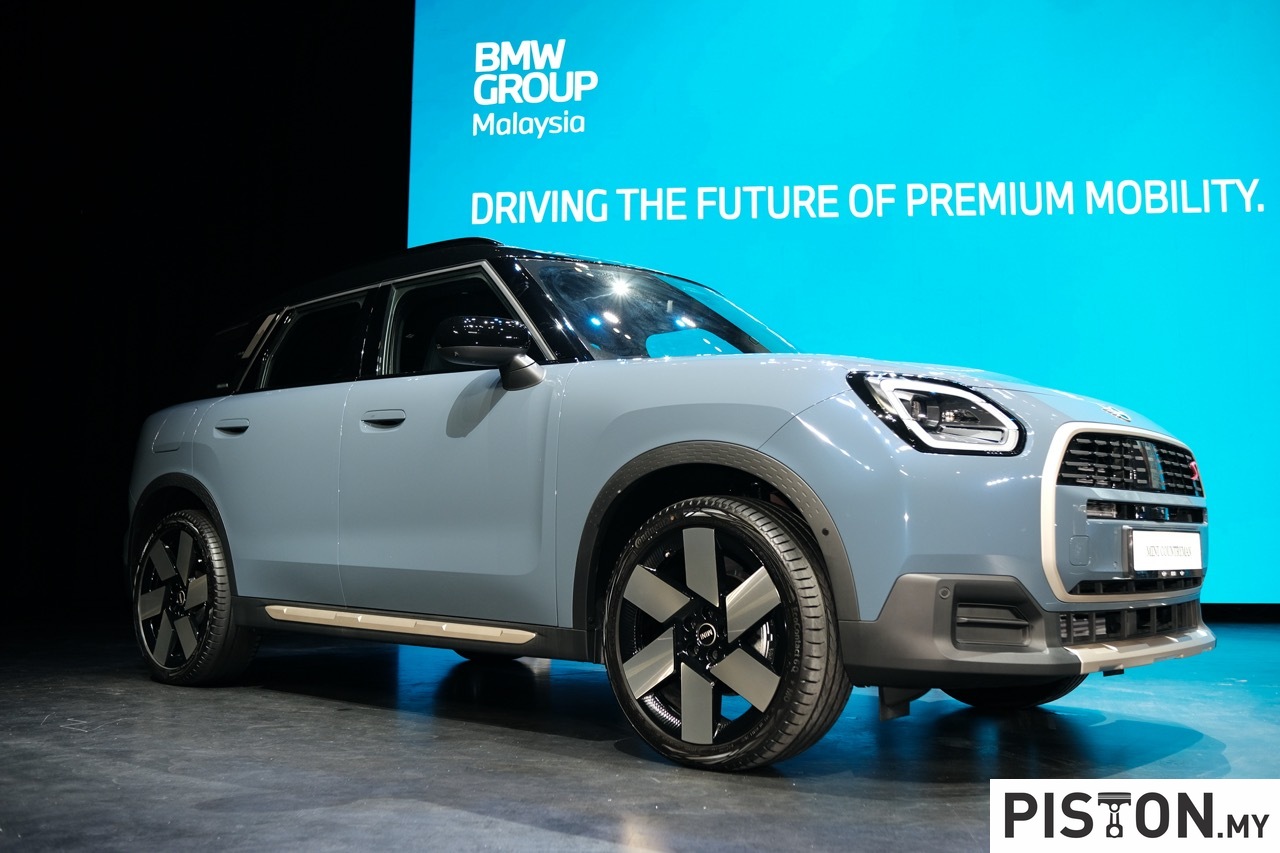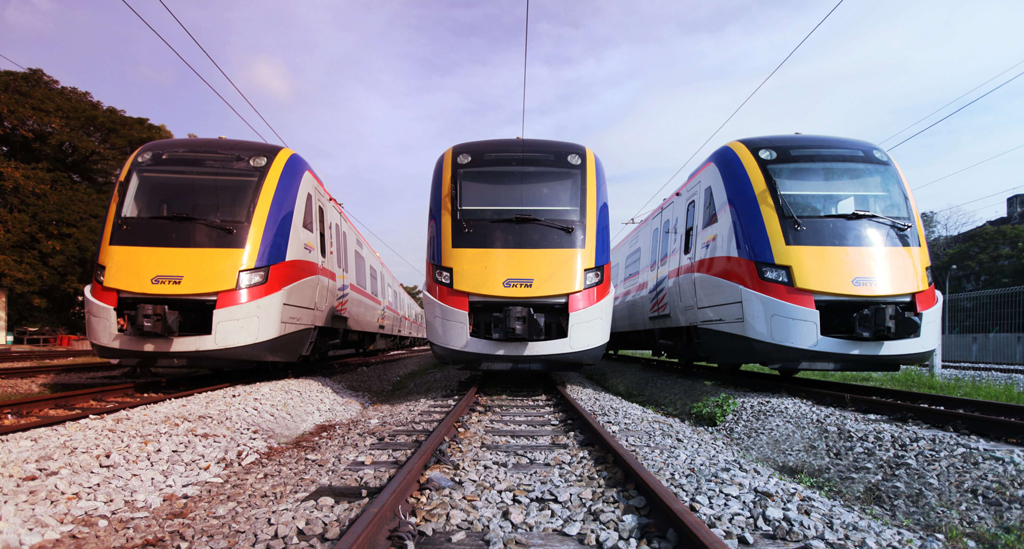In April this year, Honda announced that by 2040, it will sell only fully electric vehicles (not even hybrids), a bold move that will end its relationship with the internal combustion engine much loved by Soichiro Honda.
While different regions may move at different speeds along the road to electrification of their vehicles on a national basis, advanced markets like North America are likely to start having a higher proportion of electric vehicles (EVs) in the coming years.
New BEV series for North America
Honda will therefore be focussing on products for that market and has announced that it is working on a new series of high-volume battery electric vehicles (BEV) to introduce in North America in early 2024. The range will be known as PROLOGUE and will be led by an all-new SUV and herald the new electrified era for the company.
The carmaker already has a range of electrified vehicles on sale, but these are mostly with hybrid powertrains, apart from the Clarity which uses hydrogen fuel cell technology to generate electricity for powering the car.
In addition to the Prologue, the company will introduce an all-electric model under the Acura brand as well. Acura currently has hybrid models as well, including the 573-bhp NSX and the new all-electric model will be a SUV as well.
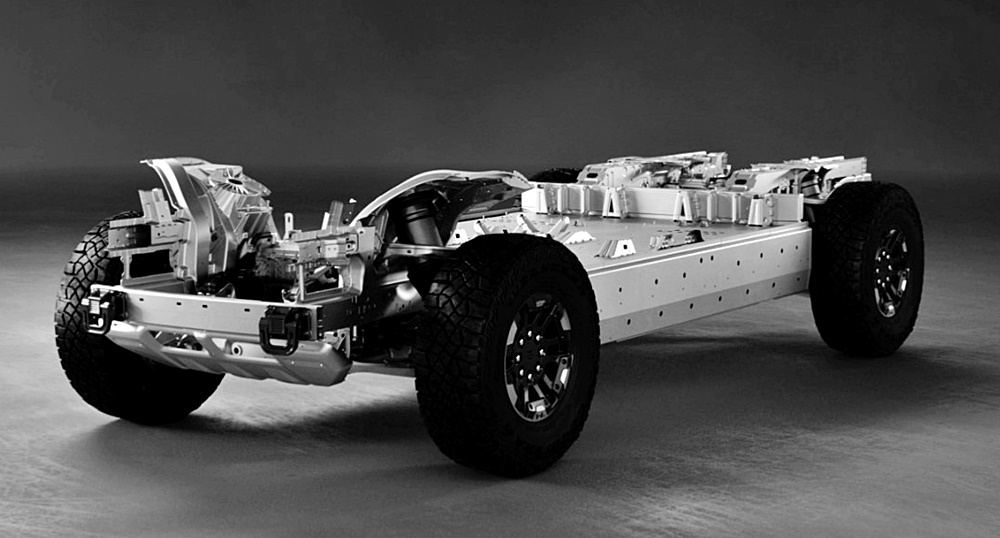
GM’s Ultium platform for EVs to be used
Both the Honda and Acura vehicles will utilize the highly flexible global EV platform powered by Ultium batteries developed within the strategic partnership with General Motors. The platform will be engineered to support Honda’s driving character. As part of the agreement to jointly develop electric vehicles, Honda will incorporate GM’s OnStar safety and security services into its new SUVs, seamlessly integrating them with HondaLink.
Production of the SUVs will combine the development expertise of both companies, and they will be manufactured at GM plants in North America. In the second half of the decade, Honda also plans to launch a new series of EV models based on a new e:Architecture, with development led by the Japanese carmaker. These new models will be launched in North America first, followed by other regions.
Honda’s EV History
Though EVs have grown in prominence in recent times, Honda has been involved in developing and producing such vehicles for almost 25 years. In 1997, it introduced the EV Plus, a small electrically-powered hatchback which was the first BEV from a major automaker to use nickel-metal hydride batteries instead of heavy lead-acid batteries.
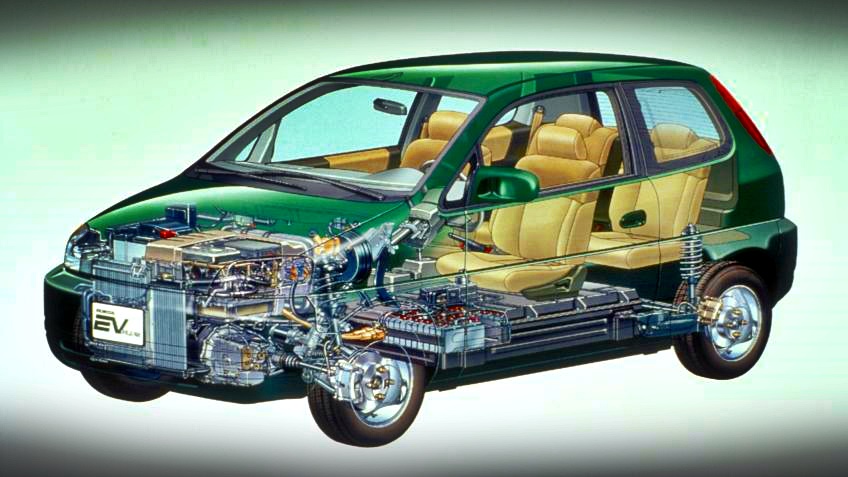
After the limited production of the EV Plus, Honda came out with the Insight in 1999. This was one of the first volume-produced hybrids in the market. The FCX came out in 2002 and it was the industry’s first commercialised vehicle using fuel cell technology that was originally developed for the space program. The FCX was succeeded by the Clarity in 2017.
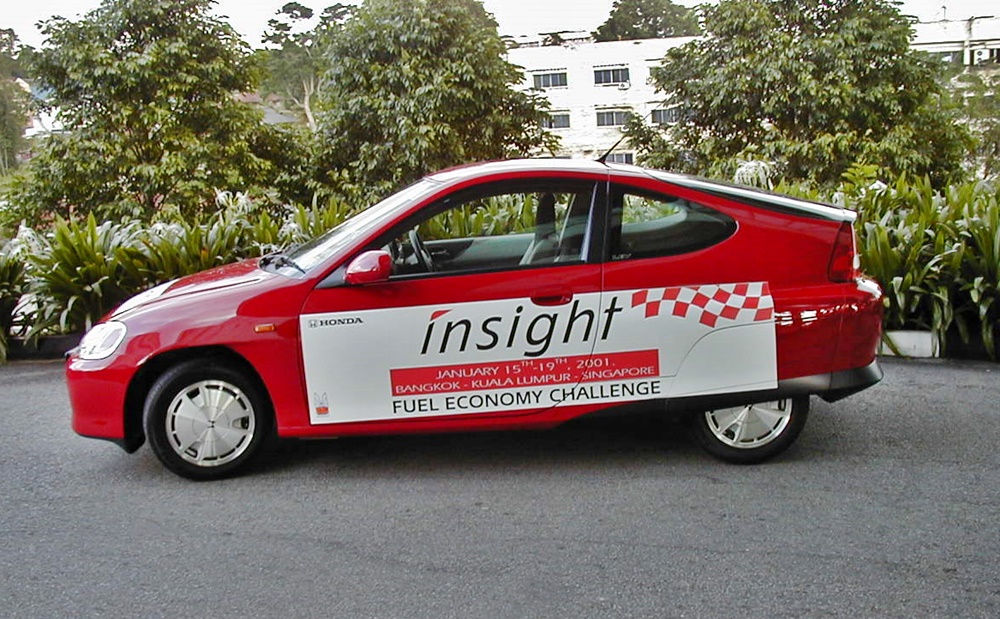
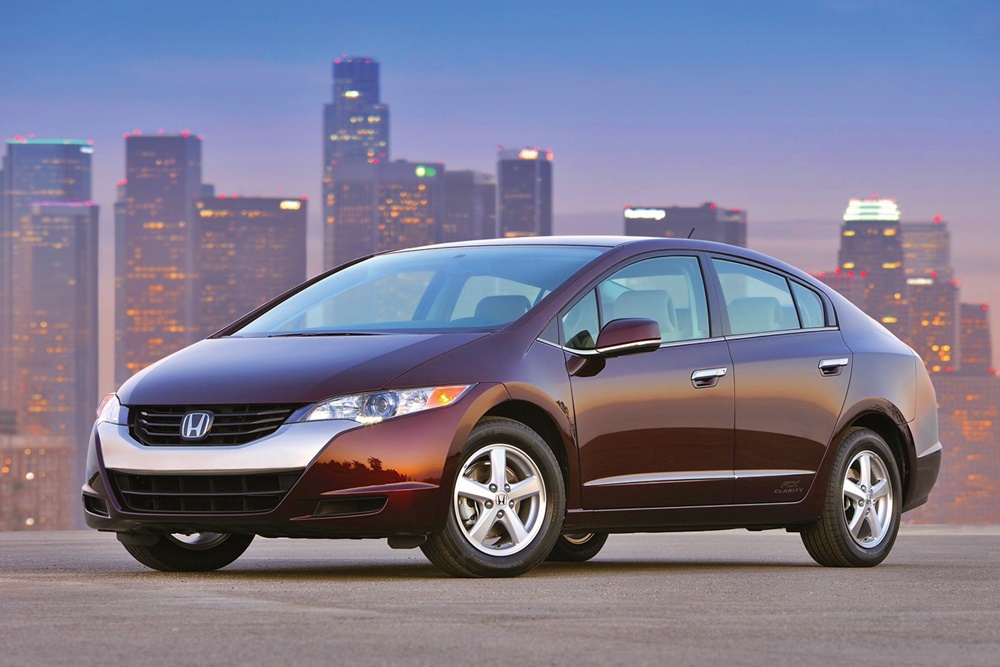
“We know customers who have a good experience with a hybrid vehicle are more likely to buy a battery electric vehicle in the future,” said Dave Gardner, Executive Vice-President of American Honda. “Our strategy is focused on introducing a higher percentage of hybrids in core models in the near term, making a committed effort to achieve higher volume leading to the introduction of our Honda PROLOGUE.”
Honda will stop selling models with combustion engines from 2040, range to be fully electric




